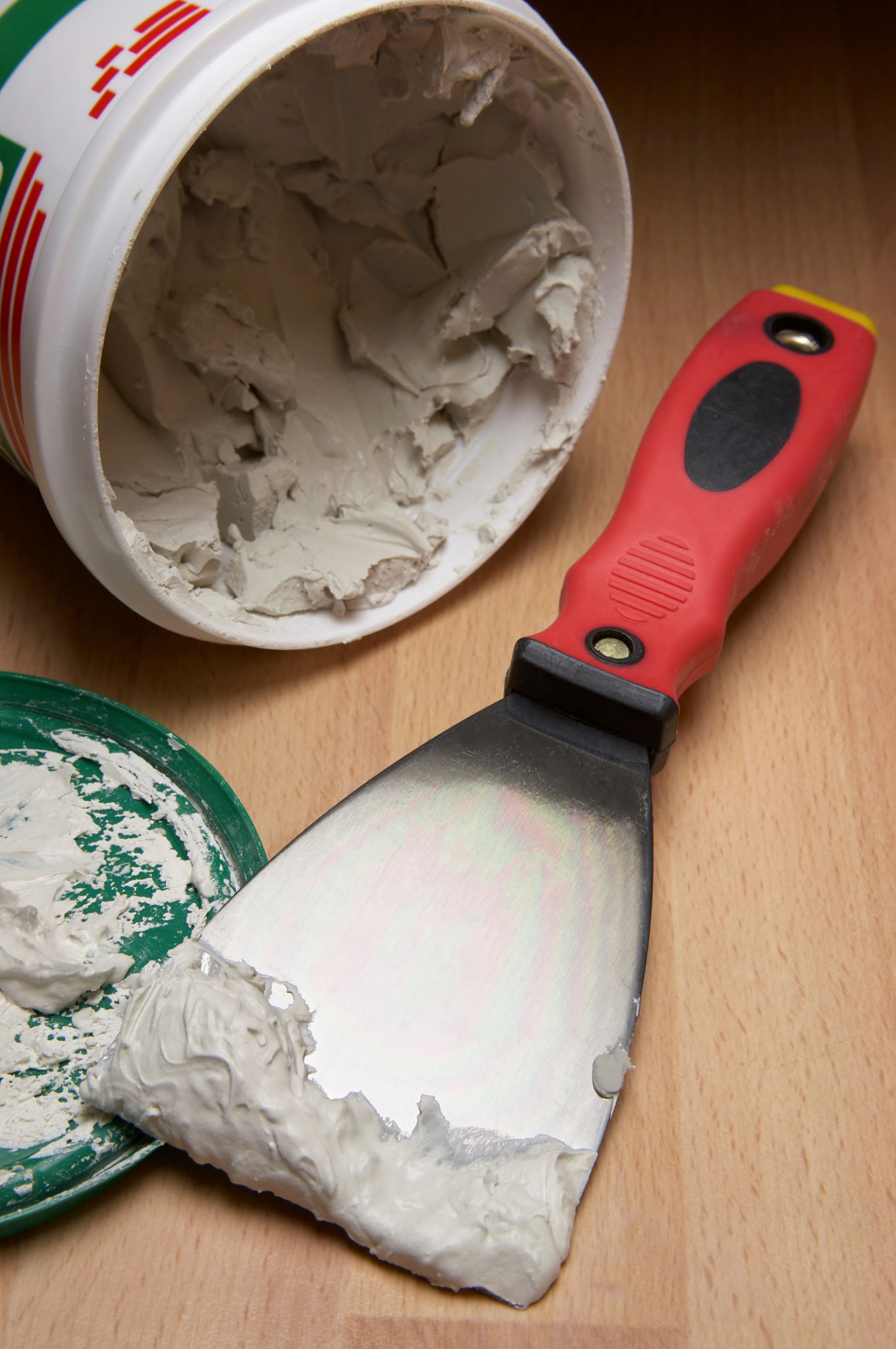5 Common Drywall Repair Mistakes and How to Avoid Them
Understanding the Importance of Proper Drywall Repair
Drywall repair might seem like a straightforward task, but it requires precision and attention to detail to ensure a smooth finish. Whether you're fixing a small crack or a larger hole, avoiding common mistakes can save you time and effort in the long run. Here are five frequent drywall repair mistakes and how you can steer clear of them.

Mistake #1: Skipping the Primer
Many DIY enthusiasts overlook the importance of using primer before applying paint to repaired drywall. Failing to prime can lead to an uneven texture and color. Primer acts as a binding agent that helps paint adhere properly and ensures a consistent finish. Always remember to apply a coat of primer once your repair work is complete and dry.
How to Avoid It
Invest in a quality primer that matches the type of paint you'll be using. Apply it evenly across the repaired area and allow it to dry completely before painting. This step is crucial for a seamless blend with the surrounding wall.
Mistake #2: Using the Wrong Type of Joint Compound
Not all joint compounds are created equal, and using the wrong type can result in poor adhesion or cracking. Some compounds are designed for initial coats, while others are better suited for finishing. Choosing the right compound can make a significant difference in the durability of your repair.

How to Avoid It
Consult the packaging or seek advice from a professional to determine which type of joint compound is best for your specific repair task. Use setting-type compounds for initial repairs and lightweight compounds for final coats.
Mistake #3: Neglecting Proper Sanding Techniques
Rushing through the sanding process is a common mistake that can leave visible imperfections on your wall. Proper sanding is essential for achieving a smooth surface that blends seamlessly with the rest of the wall.
How to Avoid It
Use fine-grit sandpaper and take your time to sand the area evenly. Avoid applying too much pressure, which can create dips or uneven surfaces. It’s also a good idea to use a dust mask to protect yourself from inhaling fine particles.

Mistake #4: Inadequate Support for Large Repairs
When dealing with larger holes, simply filling them with joint compound won't provide adequate support. Without proper reinforcement, the repair is likely to fail over time.
How to Avoid It
For larger repairs, use a patch or drywall mesh to reinforce the area before applying joint compound. This provides stability and ensures a longer-lasting repair.
Mistake #5: Overlooking Cleanup and Safety Measures
Repairing drywall can be a messy job, and neglecting cleanup can lead to complications like paint not adhering properly due to dust or debris. Additionally, safety measures are often overlooked, which can lead to injuries.
How to Avoid It
Always lay down drop cloths and use protective gear such as goggles and masks. Keep your workspace tidy and clean up any dust or debris immediately. This not only ensures safety but also results in a better-quality finish.
By being mindful of these common mistakes and taking steps to avoid them, you can achieve professional-looking results in your drywall repair projects. Remember that attention to detail is key, and don’t hesitate to seek professional advice if needed.